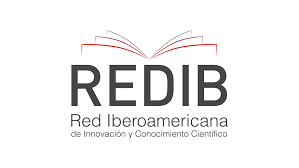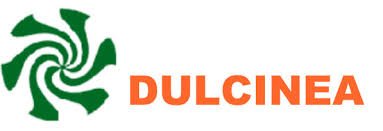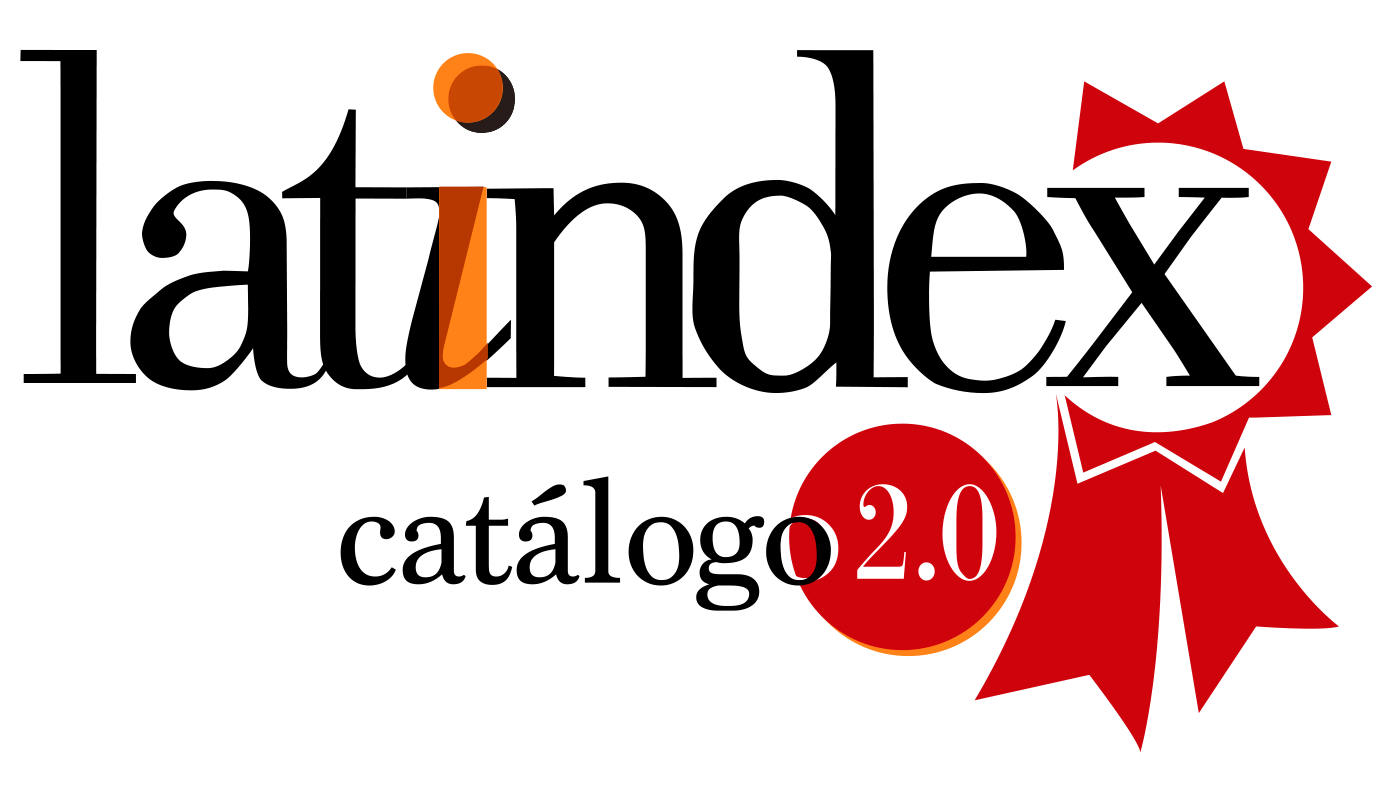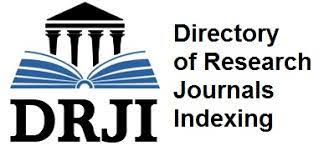Kant sobre el significado filosófico del telescopio
DOI:
https://doi.org/10.24310/nyl.19.2025.20551Palabras clave:
Kant, Astronomía, Telescopio, Crítica, determinación de límites, bien supremoResumen
Una nota a pie de página en la Crítica de la razón pura afirma, sorprendentemente, que la astronomía nos enseña dos lecciones fundamentales de la filosofía crítica: sobre los límites del conocimiento teórico y sobre la necesidad de pasar a la filosofía práctica y preocuparnos por el bien supremo. Este artículo tiene como objetivo explicar esta nota a pie de página, haciendo referencia a pasajes de los escritos publicados e inéditos de Kant. Un primer conjunto de pasajes se refiere a la distinción leibniziana entre representaciones claras y oscuras. Haciendo una observación muy diferente a la nota a pie de página de la Crítica, Kant afirma que el telescopio puede aclarar nuestras representaciones. Un segundo conjunto de pasajes, en la tercera Crítica, Reflexionen y transcripciones de conferencias, sugiere que los astrónomos tienen una tendencia particular hacia las cuestiones metafísicas. Al combinar los dos conjuntos de pasajes, sostengo que es posible reconstruir lo que Kant podría haber tenido en mente en la nota a pie de página. La importancia de la astronomía para la filosofía crítica se debe a sus grandes logros en la ampliación de nuestro conocimiento, lo que, por paradójico que pueda parecer, revela la mayor parte de lo que no conocemos.
Descargas
Métricas
Citas
Adickes, E. (1925): Kant als Naturforscher. Vol. 2. Berlin: de Gruyter.
Cassirer, E. (1981): Kant’s Life and Thought. Trans. James Haden. New Haven: Yale.
Clavier, P. (1997): Kant: Les idées cosmologiques. Paris: PUF.
Clewis, R. R. (2009): The Kantian Sublime and the Revelation of Freedom. Cambridge: Cambridge University Press.
Clewis, R. R. (2015): «The Place of the Sublime in Kant’s Project», Studi Kantiani 28: 149-68.
Ertl, W. 2002. «Hume’s Antinomy and Kant’s Critical Turn», British Journal for the His-tory of Philosophy 10.4: 617-40.
Falkenburg, B. (2000): Kants Kosmologie: Die wissenschaftliche Revolution der Natur-philosophie im 18. Jahrhundert. Frankfurt am Main: Klostermann.
Feynman, R. (1964): The Feynman Lectures on Physics. Vol 1. New York: Addison Wes-ley.
Friedman, M. (1992): Kant and the Exact Sciences. Cambridge, MA: Harvard University Press.
Friedman, M. (2013): Kant’s Construction of Nature: A Reading of the Metaphysical Foundations of Natural Science. Cambridge: Cambridge University Press.
Gava, G. (2014): «Kant’s Definition of Science in the Architectonic of Pure Reason and the Essential Ends of Reason», Kant-Studien 105.3: 372-93.
Grüne, S. (2009): Blinde Anschauung. Die Rolle von Begriffen in Kants Theorie sinnlicher Synthesis. Frankfurt: Klostermann.
Heimsoeth, H. (1970a): «Kants Erfahrung mit den Erfahrungswissenschaften», in Studien zur Philosophie Immanuel Kants II: Methodenbegriffe der Erfahrungswis-senschaften und Gegensätzlichkeiten spekulativer Weltkonzeption. Bonn: Bouvier, 1970, 1-85.
Heimsoeth, H. (1970b): «Astronomisches und Theologisches in Kants Weltverständ-nis», in Studien zur Philosophie Immanuel Kants II, 86-108.
Hinske, N. (1966): «Kants Begriff der Antinomie und die Etappen seiner Ausarbei-tung», Kant-Studien 56.3: 485-96.
Hooke, R. (1665): Micrographia: or Some Physiological Descriptions of Minute Bodies Made by Magnifying Glasses. With Observations and Inquiries Thereupon. London: The Royal Society.
Howard, S. (2022a): «Kant on Limits, Boundaries, and the Positive Function of Ide-as», European Journal of Philosophy 30: 64-78.
Howard, S. (2022b): «From the Boundary of the World to the Boundary of Reason: The First Antinomy and the Development of Kant’s Critical Philosophy», HOPOS: The Journal of the International Society for the History of Philosophy of Science 12.1: 225-41.
Howard, S. (2023): «Kant's Universal Natural History and Analogical Reasoning in Cosmology» in Between Leibniz, Newton, and Kant: Philosophy and Science in the Eighteenth Century. Second Edition. Ed. Wolfgang Lefèvre. Cham: Springer, 247-70.
Kant, I. (1902–): Kants gesammelte Schriften. 29 vols. Ed. Preussischen Akademie der Wissenschaften and successors. Berlin: de Gruyter.
Kant, I. (2000): Königsberger Kantiana. Ed. Sabina Laetitia Kowalewski and Werner Stark. Hamburg: Meiner.
Leibniz, G. W. ([1710] 1985): Theodicy. Trans. E.M. Huggard. La Salle, Illinois: Open Court.
Leibniz, G. W. (1989): Philosophical Essays. Ed. and trans. Roger Ariew and Daniel Garber. Indianapolis: Hackett.
Leibniz, G. W. (1996): New Essays on Human Understanding. Trans. and ed. Peter Remnant and Jonathan Bennett. Cambridge: Cambridge University Press.
Locke, J. ([1690] 1997): An Essay Concerning Human Understanding. Ed. Peter Wool-house. London: Penguin.
Look, B. ed. (2021): Leibniz and Kant. Oxford: Oxford University Press.
Meer, R. (2019): Der transzendentale Grundsatz der Vernunft. Funktion und Struktur des Anhangs zur Transzendentalen Dialektik der Kritik der reinen Vernunft. Berlin: de Gruyter.
Schönecker, D., D. Schulting and N. Strobach (2011): «Kants kopernikanisch-newtonische Analogie», Deutsche Zeitschrift für Philosophie 59.4: 497-518.
Smith, J. (2011): Divine Machines: Leibniz and the Sciences of Life. Princeton, NJ: Princeton University Press.
Sturm, T. (2020): «Kant on the Ends of the Sciences», Kant-Studien 111.1: 1-28.
Sturm, T. and Larissa Wallner (forthcoming): «Kant’s Empirical Account of Science», ms.
Waschkies, H.-J. (1987): Physik und Physikotheologie des Jungen Kant. Die Vorgeschich-te seiner Allgemeinen Naturgeschichte und Theorie des Himmels. Amsterdam: Grüner.
Watkins, E. (2019): «Kant on Rational Cosmology», in Kant on Laws. Cambridge: Cam-bridge University Press, 191-211.
Wilson, C. (1995): The Invisible World: Early Modern Philosophy and the Invention of the Microscope. Princeton, NJ: Princeton University Press.
Descargas
Publicado
Cómo citar
Número
Sección
Licencia
Derechos de autor 2025 Naturaleza y Libertad. Revista de Estudios Interdisciplinares

Esta obra está bajo una licencia internacional Creative Commons Atribución-NoComercial-CompartirIgual 4.0.
Aquellos autores/as que tengan publicaciones con esta revista, aceptan los términos siguientes:
1. La información de derechos de autor y licencias se describe claramente en el sitio web de la revista: todo el contenido publicado en Naturaleza y Libertad es de acceso abierto sin límite y está sujeto a la licencia Attribution-NonCommercial-ShareAlike 4.0 International (CC BY-NC-SA 4.0). El texto completo se puede consultar en https://creativecommons.org/licenses/by-nc-sa/4.0/
2. Es responsabilidad de los autores obtener los permisos necesarios para las imágenes que están sujetas a derechos de autor. Los autores cuyas contribuciones sean aceptadas para su publicación en esta revista conservarán el derecho no exclusivo de utilizar sus contribuciones con fines académicos, de investigación y educativos, incluido el autoarchivo o el depósito en repositorios de acceso abierto de cualquier tipo. La edición electrónica de esta revista está editada por la Editorial de la Universidad de Málaga (Uma Editorial), siendo necesario citar el origen en cualquier reproducción parcial o total.
3. Esta revista permite e incentiva a los autores a publicar artículos en sus sitios web personales o en repositorios institucionales, tanto antes como después de su publicación en esta revista, siempre que proporcionen información bibliográfica que acredite, en su caso, su publicación en la misma.
4. En ningún caso se publicarán artículos anónimos.
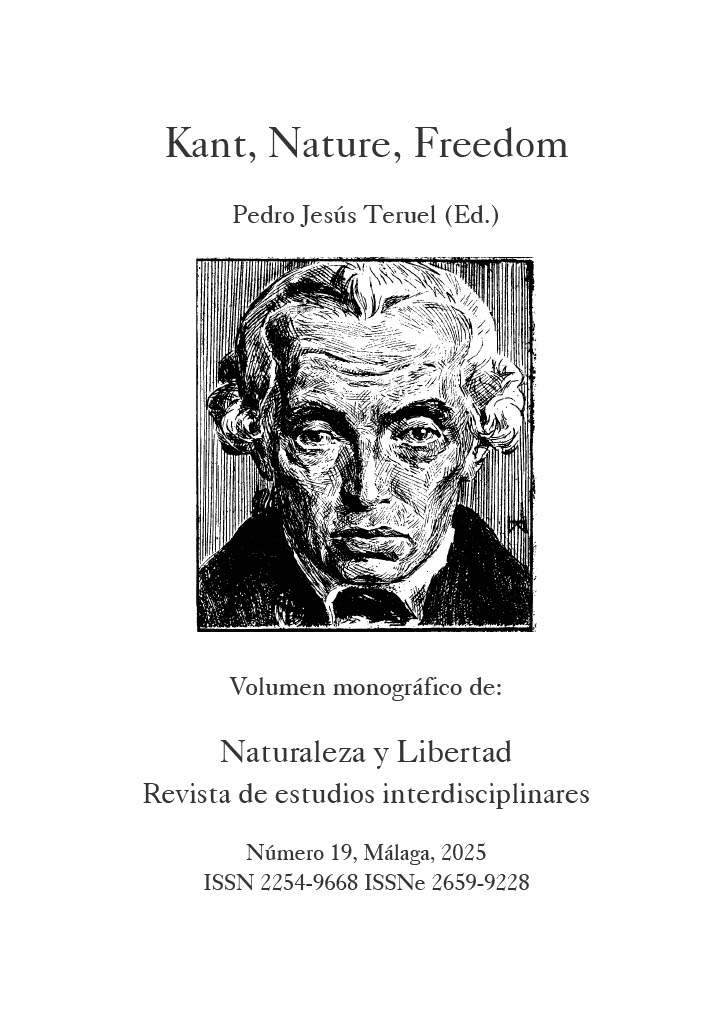




18.png)
